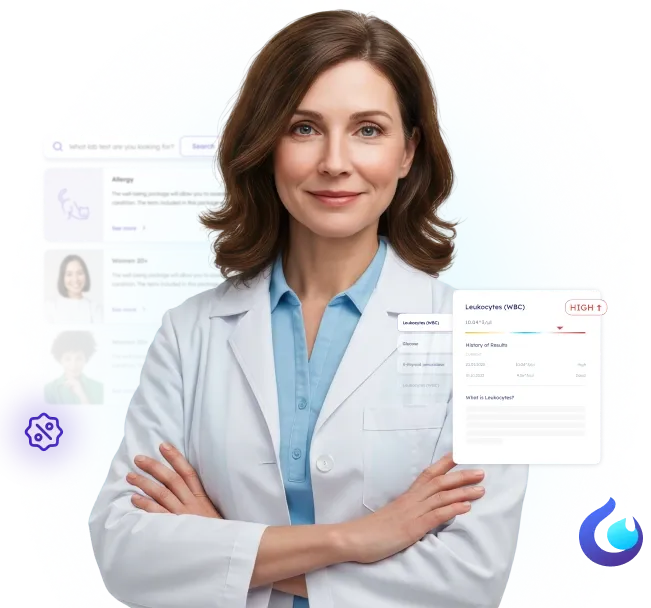When it comes to liver enzyme tests, both ALT and AST are crucial markers. These enzymes help assess liver health, and understanding their differences can aid in diagnosing liver conditions:
- What Do ALT and AST Measure?
- ALT (Alanine Aminotransferase): Primarily found in the liver, ALT is a more specific indicator of liver damage. Elevated ALT levels usually signify liver cell injury, often related to hepatitis, liver inflammation, or fatty liver disease.
- AST (Aspartate Aminotransferase): While also present in the liver, AST is found in other organs, such as the heart, kidneys, muscles, and brain. Elevated AST levels may not solely indicate liver damage, as it could point to issues in other organs or muscle injuries.
- How Are These Levels Interpreted?
- High ALT Levels: Usually indicate liver-specific damage. A significant rise in ALT could suggest viral hepatitis, liver injury from alcohol, or fatty liver disease.
- High AST Levels: May point to liver damage but can also indicate heart or muscle problems. Doctors look at the ALT to AST ratio to differentiate between liver-related conditions and other health issues.
- Why Are Both Tests Important?
- Together, ALT and AST provide a clearer picture of liver function and help doctors determine if liver disease is present. When both enzymes are elevated, especially with a higher ALT, liver damage is more likely.
Recommended Tests
- Gamma Glutamyl Transferase (GGT)
GGT is another liver enzyme test that helps in diagnosing liver and bile duct conditions, especially when ALT and AST are elevated.
Gamma Glutamyl Transferase Test - Alkaline Phosphatase (ALP)
ALP is often tested along with ALT and AST to evaluate liver function and detect liver disease or bile duct issues.
Alkaline Phosphatase Test




